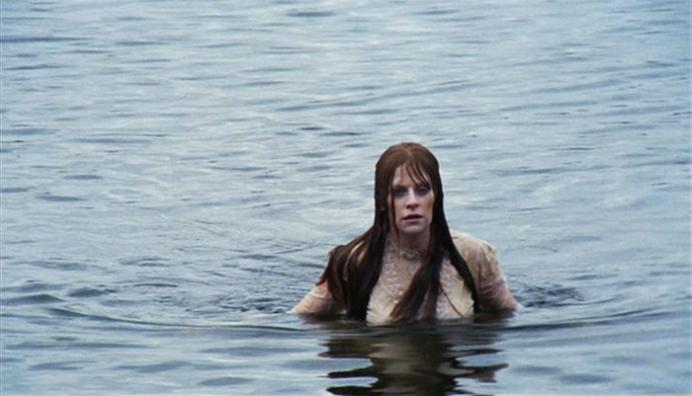Reviews
John D. Hancock
USA, 1971
Credits
Review by Veronika Ferdman
Posted on 16 October 2012
Source Paramount DVD
Categories 31 Days of Horror IX
Within a post-modern context it may be a foregone conclusion to say that a film within any given genre consciously references other cinematic texts of its ilk. Horror films seem particularly interested in this generic inter-textuality, constantly casting vectors backwards and forwards through the vast plane of the genre’s history. Horror contains a head-spinning multitude of cycles (slasher films) and sub-cycles (slasher films set at camp), the tropes of which get recycled to such a point that spotting one film’s citation of another becomes part and parcel of watching them and negotiating their multivalent meanings—or sometimes, it’s just a fun game of “got it!” In any case, 1971’s Let’s Scare Jessica to Death, directed by John D. Hancock (his only horror film with any sort of reputation), begins and ends in a way that presciently foretells the penultimate scene that would close Friday the 13th 9 years later: a woman sits alone in a boat on a deceptively placid lake—an image that, absent any context, suggests serenity and quietude, but ultimately proves to be anything but.
The film, an extended flashback stemming from this opening, thus begins in earnest. Jessica is schizophrenic. She and her husband move away from the bustle of New York City to an old house on an island somewhere in the northeast, in the hopes that this environment will prove beneficial to Jessica’s mental health. The locals are hostile and suspicious of the newcomers, and there are whisperings that the Old Bishop Place (as the couple’s newly acquired piece of real estate is commonly known) might be haunted by the vampire-ghost of the oldest daughter of the Bishop family; she disappeared the day of her wedding, never to be seen again. Arriving at the house (their car, incidentally, is a hearse) they find a beautiful squatter named Emily who they invite to stay with them. She seems to appeal to both Jessica’s husband and his mustachioed friend, but catalyzes Jessica’s psychosexual paranoia and jealousy (she spends most of the film attempting to keep the many vying voices in her head at bay while trying to distinguish the real from the unreal). Additionally, Emily happens to look exactly like the Bishop’s missing daughter.
Eventually the body count starts to rise and Jessica keeps seeing a ghastly mute girl, dressed solemnly in white, who may or may not be trying to aid her. Since we see things through the perspective of a deeply unreliable character, it’s difficult to put the pieces of this elusive narrative together because we can’t entirely be sure of what we’ve seen: the mysterious deep scars which appear on the bodies of the locals at the end of the film that were certainly not there in the beginning; whether the entire town (and maybe her husband) have conspired to drive Jessica mad; or if it is all just a figment of Jessica’s feverishly bucking mind (this raises faint echoes of Henri-Georges Clouzot’s Diabolique). Although the film begins with Jessica’s voice-over, the rest of the narration is presented diegetically by Jessica’s thoughts. She’s not trying to lead the audience astray, but as she struggles to sort out the voices in her head—some of which might be whisperings from ghosts of the past—it’s impossible to ascertain whether she’s really hearing the dead or not. And, since much of the time we see things from her POV (especially at the end), we can trust our (her) eyes even less than our ears.
A real strength of the film is its masterful use of sound. The score does not determine the film’s tone by overpowering the images (the heavy-handed use of music in Insidious’ near wall-to-wall concoction of overtly “scary” melodies comes to mind), but derives inspiration from the tableaux themselves—a dusty attic, a bedroom made sinister by the hanging paper imprints of tombstone engravings, the house set against a darkening skyline, the sinister edges around Emily’s eyes and mouth. The score alternates between subtle melancholy strings and piano that sound like an ode to a fading summer and the disturbing discordant plucking of strings meeting Ennio Morricone overlaid by what sounds like a helicopter. And the soundtrack is also replete with unsettling sounds: squeaking doors, sonorous wind, footsteps… The sound of the voice is equally integral to creating an unsettling tone to the piece. Zohra Lampert (Jessica) consistently delivers her lines in a slightly strange way—she seems constantly unsure of/attempting to convince herself of her own words and the emotions they’re supposed to convey.
The camerawork and editing are, too, masterful in that they are purposefully disorienting—not in a red herring manner that invoke’s one’s anticipation of shock only to immediately deny it, but by an editing of misdirection. Even though the inquietude of the soundtrack suggests the ever possible occurrence of violence and danger, the cutting and camerawork seem to contradict this until the shock of the last moment. Most notably, this misdirection is evident in an incredible manner in a sequence in which the antique dealer goes fishing on the lake. A close-up of his lure in the water is followed by a wide shot of him in the boat, the camera quickly zooming out so as to render him a small figure at the center of the water (thereby having us assume that there’s nothing crucial to see here on a small scale) only to cut back to the close-up of the lure, the frame suddenly filling with red hair and the hand of a drowned body floating up from the water. Through its expert use of cinema, Let’s Scare Jessica to Death is a constantly unsettling picture, and worthy of inclusion in the canon of horror greats.
More 31 Days of Horror IX
-
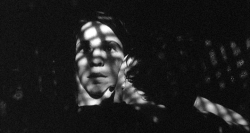
The Addiction
1995 -

Psycho III
1986 -
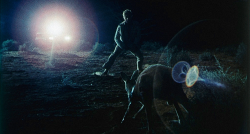
Wake in Fright
1971 -
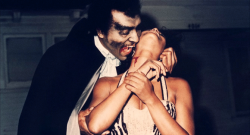
Blacula
1972 -
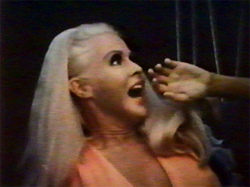
Big Foot
1970 -
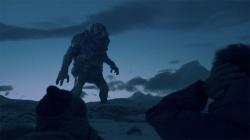
Trollhunter
2010 -
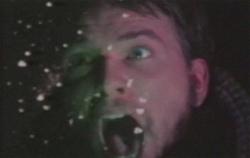
Invasion from Inner Earth
1974 -
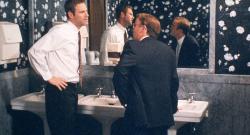
In the Company of Men
1997 -
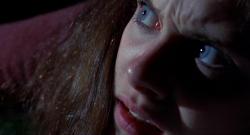
Happy Birthday to Me
1981 -
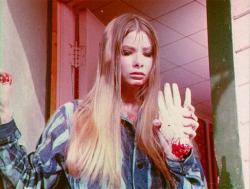
I Drink Your Blood
1970 -
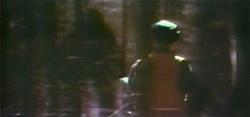
The Legend of Boggy Creek
1972 -

Maximum Overdrive
1986 -
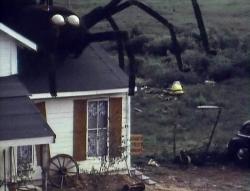
The Giant Spider Invasion
1975 -
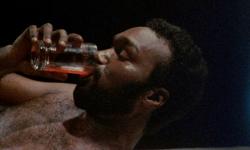
Ganja & Hess
1973 -
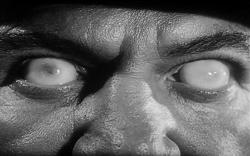
Not of This Earth
1957 -

Let’s Scare Jessica to Death
1971 -
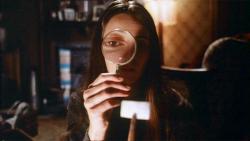
Next of Kin
1982 -
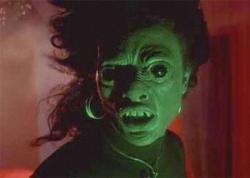
Def by Temptation
1990 -
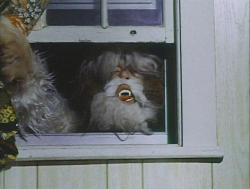
Shriek of the Mutilated
1974 -
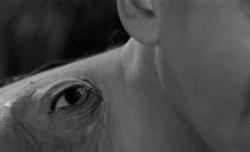
The Manster
1959 -
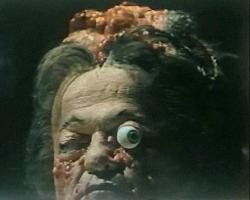
The Alpha Incident
1978 -
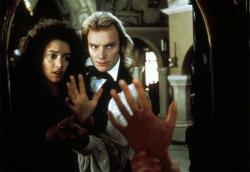
The Bride
1985 -
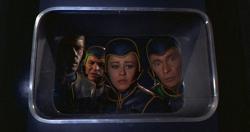
Planet of the Vampires
1965 -

The Hole
2009 -
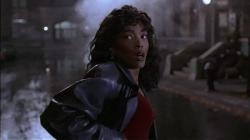
Vampire in Brooklyn
1995 -
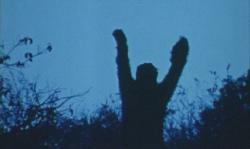
Sasquatch: the Legend of Bigfoot
1977 -
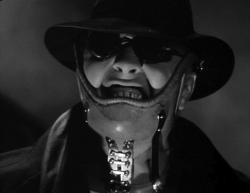
Mad Love
1935 -
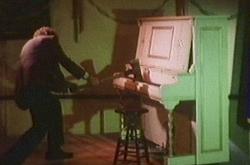
The Demons of Ludlow
1983 -

Habit
1997 -

Elephant
1989 -
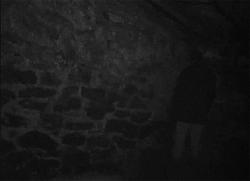
The Blair Witch Project
1999
We don’t do comments anymore, but you may contact us here or find us on Twitter or Facebook.



